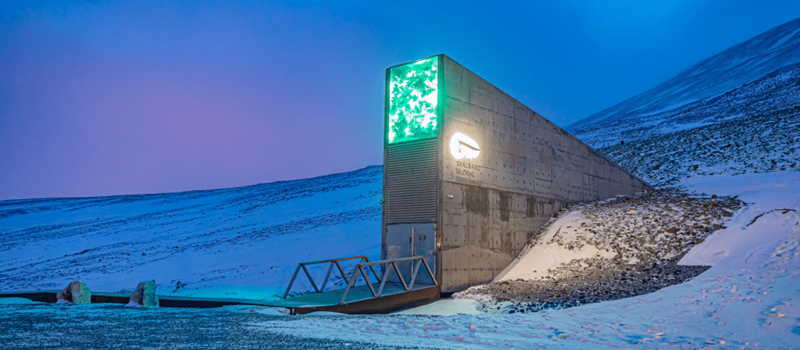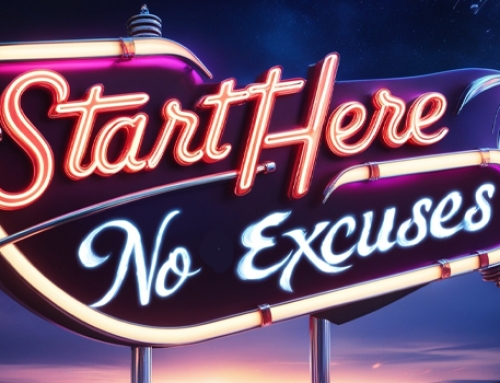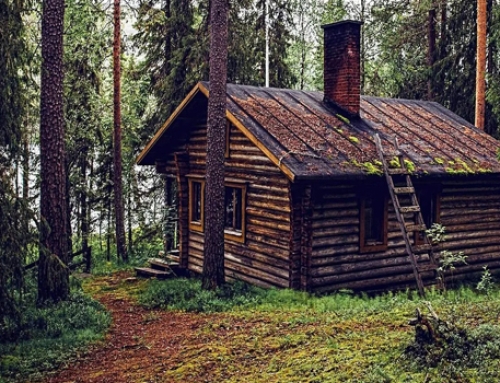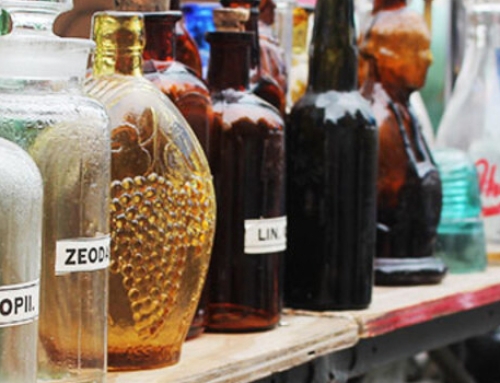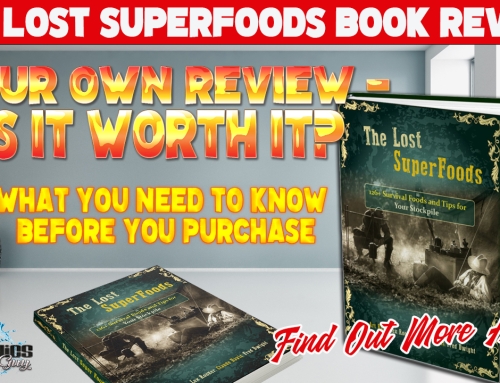Recently, there has been a few Native American stashed caches found dating back a few hundred years. Not of gold or anything like that. What they put away in sealed clay pots was way more valuable to them than gold… they found corn seed, as pristine as if it had been placed therein yesterday ready for planting. The idea for a full seedbank with differing seed vaults is nothing new at all. Rather, how people put those away for later use has.
Ultimately, there are four requirements to keeping the seeds, hopefully the heirloom seeds you first bought, then harvested as your produce has come to maturation. Those are:
- Storing the seeds in as airtight, dry container as possible
- Keeping them out of direct sunlight or heat
- Keeping them away from any type of humidity
- Place where you store them be in the mid 40’s Fahrenheit.
What is a Seed Vault?
You might have heard about the big one they have in Svalbard, Norway where they try to keep an original set of seeds from plants across the world. Although you may live in a place that may get as cold as Svalbard, you are only looking to keep a supply of the seeds you want to grow, from the plants you eat on a regular basis.
The actuality of a seed vault can vary a great deal. What one looks like, and the shape it takes, the containers utilized varies even more so. A seed vault needs to keep your Heirloom seeds safe and that means a container that has low moisture, is out of direct sun, and in a temperature zone that is ideal for each type of seed that you save.
Just like people, seeds have varying needs for storage. As you grow in your experience with Backyard Farming, you’ll start to identify which methods of doing it all fits you best. From the very beginning in seed storage (i.e. Seedbanks and Seed Vaults) all the way to the harvesting and preserving that harvest you’ll be able to find that anything that is utilizing a ‘cookie cutter type’ design or a one-size-fits-all method may not work out right for you. This is one reason why we recommend the off-the-shelf seed vaults in your Seedbank aren’t truly necessary. You can certainly provide a variety in the seed vaults you can make that is just as effective (or more so) as a cookie-cutter vault that you can buy.
Why Do You Need a Seed Vault?
If you were lucky enough, you would have been able to see your grandpa or grandma’s stash of seeds back in the day. Depending how old you are, they or their parents had gone through times that having food on the table to eat each night was not a given. When economies were way down, grocery stores frequently ran out of stock, and where modern day’s distribution channels had yet to exist.
We’ve become so accustomed to these modern conveniences, that many have abandoned or completely lost the ability to secure their food channels as they did 90 or so years ago.The idea behind specialized seed vaults in your seed bank is to supply you and your family with the means to grow food in the event of some longer lasting catastrophe where the supply of regular food has been interrupted or become unavailable. There may even come a time in the not so distant future that our ability to buy with fiscal money anything that resembles food may be diminished greatly to runaway inflation or total collapses of the currency. (Look up the Weimar Republic of Germany or the disaster that was Zimbabwe in the 1970’s if you need examples).
Those who have Food Security will be the ones that need not worry, and seed vaults you build yourself are essential to doing that!
Also you may say, we can go to the grocery store right now, harvest seeds, and we should be okay. Regularly, in the past that may have been the case, but in modern times that has become less and less a sure thing. The large growers have been using seed from the likes of Monsanto what is called genetically manipulated seeds stocks that are engineered to do certain things (resistant to certain predatory bugs, higher yields, or larger fruit, for example). But by screwing with the genome like that, it takes away the original and natural nutrients and compounds from the original or HEIRLOOM seeds. Nutritional value to the body, are all but lost by those hybrid or GMO seeds created in a lab. With the continued general use of GMOs, many people are looking at keeping their own seeds as natural heirloom and authentic as possible. Away from the concerns of chemical and genetic additives to foods that take away from the nutrition one would receive, and may add to the imbalances of the body’s systems because of those deficiencies non-heirloom seeds could introduce.
Seedbanks
Seedbanks are nothing new. They have been utilized by agricultural civilizations for a few millennia. In ancient times farmers grew extra plants so that they could harvest the seeds. You should do the same thing. Grow a half a row of this or that and let those plants go to seed, or harvest the fruit therefrom to gather for next year.
Back in the day, they tried to keep next year’s seed crop as secure as possible, so as to not lose it, and the ability to grow anything in the next season. We have the mega example of Svalbard – the Global Seed Bank that strives to preserve the different original seeds that are from across our world.
This practice ensures that one would have the seeds needed for the next growing season, and the one after that. That is the exact reason why farmers in the past saved seed. A seed vault within your Seedbank helps you to mitigate the need for food (down the road as it takes time to grow a garden and get up to full production speed) which may conserve the dwindling financial resources that you may have available now or in the future. This means that you might not have to make that tough decision between eating and buying fuel.
Seed Vaults – DIY vs. Store Bought
In my opinion, if you buy off the shelf a seed vault, you are wasting your money because any seed vault you have at hand needs to be filled with seeds that are tried and true in your location. Growing papaya in Minneapolis… not likely!
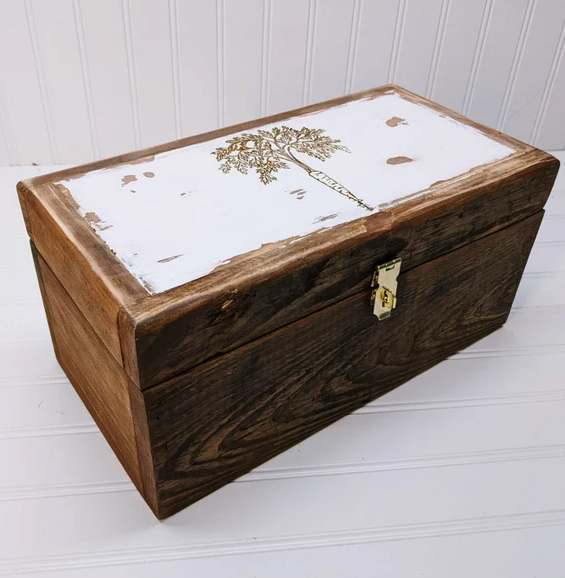 You can make a simple chest out of moisture resistant types of woods that can carry this year’s and next year’s seed crop.
You can make a simple chest out of moisture resistant types of woods that can carry this year’s and next year’s seed crop.
A Seed bank and the smaller vaults therein can be easy to assemble. Mine is a thick-walled wooden chest in which I have containers. I often use paper envelopes for my seeds crops with the year I gathered them. I also utilize pint sized Mason jars for storing seeds that are more sensitive.
Each upcoming year’s stock are separated in the chest of seeds for later use. I never use my entire stock of seeds. One crop failure would mean that I am out my entire stock of seeds. I use the 90:10 rule – I use 90 percent of the seeds and save 10 percent for the next year. I also collect seeds at the end of each harvest.
I foresee that I will have multiple chests and even everything going into a glass container. For me, it is Mason jars. Some, I put on the lids and others, I leave to air. Anything with a lid gets a couple of paper towels to help control moisture. Seed environments should not be 100 percent dry as the seeds will dry out and then die.
Make sure, if our vault or complete bank of seeds get upended, that they are safe from scattering to and fro. Whichever containers you store them in can be resistant to impact or breakage.
I store my seed vault in a closet in my house where the temperature remains mostly even year-round. It is wise to keep a backup set of seeds to all your seeds in your main vault. A smaller box with 5-25 seeds of everything you grow in it. This can also be stored in the closet and is part of the bug-out equipment that you take with you, should you have to leave the property in a rush. That little bundle of seeds is all that is needed to replace the bigger chest.
Ideally, the bottom line is that a DIY seed vault can fit better into your life than do most of the store-bought versions. I grow about 50 percent of what I eat and I understand how to grow everything in my seed vault. If you take nothing from this article but one thing, please take the idea that you must garden and grow the seeds in your seed vault before you need to use that vault during a catastrophic event.
Issues with the idea of Seed Vaults and Off-the-Shelf units
All of this goes to one main driving activity… Planning. You have to be actively directing and coordinating your Food Security
You have to know, and be mentally cognizant about the meals you want to eat and the feeding requirements one’s family has each day, each week, each month and year. Family recipes, meal planning, and the very nutrition you live on need to be on the top of the mind when it comes to setting up and maintaining your food independence.
One thing I truly dislike about commercial seed vaults is that not all of the seeds in that vault are going to grow well in your area OR even be something that your family would enjoy. Most off-the-shelf units again use the ‘cookie cutter’ method and get you seed you would never plant.
As you get started, in these series of Food Security actions, there will be a LOT of experimentation on growing methods, what seeds and food you grow, how often you use that type of food for our meals, and what your family craves to eat. How many seeds do you need to feed a family of four for an entire year? This is something that you will need to find out and buying a pre-made “Seed Vault” is chasing good money after frivolous gimmicks.
The biggest problem with store-bought seed vaults is that they are missing several links in the chain, and those links (as detailed in the previous paragraph) can only be determined by you after you try doing it all first. Most of the time, a one-size-fits-all unit is bought prematurely.
I have seen a variety of seed vaults over the years and the idea that we are building a mini version of Svalbard is not too far off. The difference is that you and I do not need all of that technology. Quality seed vaults are not long-term storage systems. They need to only hold seeds for a few years at best. The reason why is that your system should be one of use and replace, not store until needed.

